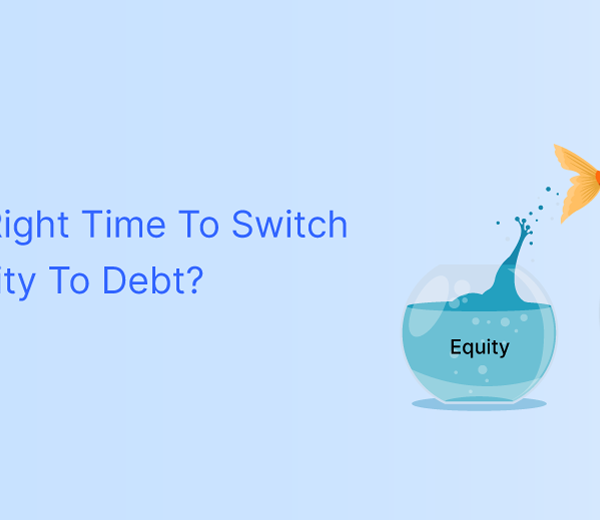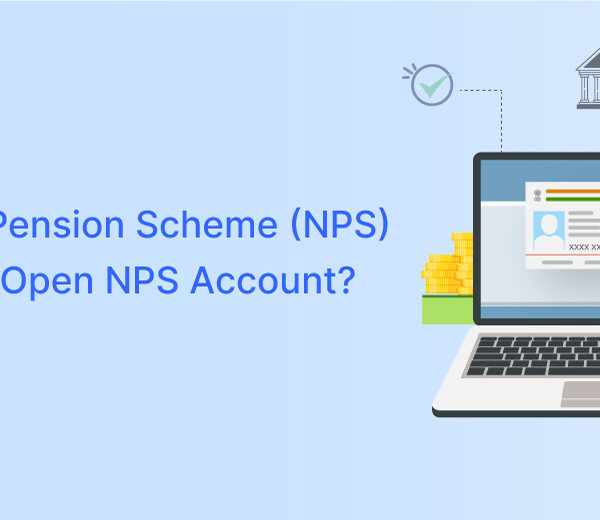As a young professional navigating the intricacies of financial planning, choosing the right investment tools is paramount. This guide aims to empower individuals aged 20 to 35, with a deep dive into the Public Provident Fund (PPF) and the National Pension Scheme (NPS).
Understanding these instruments’ features, benefits, and tax implications is crucial for crafting a secure financial future. Moreover, we’ll explore whether simultaneous investments in both PPF and NPS are viable, and how leveraging the Koshex platform can amplify savings to double digits.
Understanding PPF and NPS
PPF Overview
The PPF serves as a reliable, government-backed long-term investment, offering a fixed interest rate of 7.1% per annum. Beyond the attractive interest rate, PPF accounts come with a 15-year tenure, extendable in blocks of 5 years. Contributions to PPF qualify for tax benefits under Section 80C, allowing individuals to claim deductions of up to Rs. 1.5 lakh per financial year. Importantly, both the interest earned and the maturity amount are entirely tax-free.
NPS Overview
Regulated by the Pension Fund Regulatory and Development Authority (PFRDA), the National Pension Scheme (NPS) provides flexibility through two account types: Tier-I and Tier-II. While contributions to Tier-I accounts are locked until retirement, Tier-II accounts allow withdrawals at any time. NPS offers various fund options, including equity, corporate bonds, government securities, and alternative investment funds.
Subscribers can customize their investment allocation in the National Pension Scheme (NPS) according to their risk appetite and retirement goals. The attractiveness of NPS as a retirement savings tool is further enhanced by tax benefits under Sections 80CCD(1) and 80CCD(1B). Additionally, subscribers enjoy the added advantage of a tax-free lump sum withdrawal at maturity.
Also Read: 10 Best NPS Schemes In India To Invest In 2023
Can You Invest in Both PPF and NPS?
Navigating the financial landscape requires clarity on whether simultaneous investments in both PPF and NPS are possible. Fortunately, there are no restrictions on opening and contributing to both accounts concurrently. This dual approach allows individuals to reap the benefits of both PPF’s stability and NPS’s potential for higher returns through market exposure.
Tax Benefits on Simultaneous Investments
Investing in both the National Pension System (NPS) and Public Provident Fund (PPF) offers significant tax advantages for individuals in India. Here’s a breakdown of the benefits and considerations:
Tax Deductions:
- PPF: Contributions to PPF qualify for deduction under Section 80C of the Income Tax Act, with a maximum limit of ₹1.5 lakh per financial year.
- NPS: Contributions to NPS offer deductions under two sections:
- Section 80CCD(1): Allows deduction for contributions made by the individual to their NPS account, up to 10% of their salary (basic + DA) or ₹1.5 lakh, whichever is lower.
- Section 80CCD(1B): Offers additional deduction for contributions made by the employer to the employee’s NPS account, up to ₹50,000 per financial year.
Combined Deduction Limit:
- The combined deduction limit for all contributions under Section 80C, including PPF and NPS contributions, is ₹1.5 lakh per financial year.
- You can utilize this limit strategically by allocating your contributions between PPF and NPS to maximize your tax benefits.
Additional Benefits:
- Interest earned on PPF is exempt from tax until maturity.
- NPS offers a lump sum withdrawal at maturity, a portion of which is exempt from tax.
- NPS contributes to your retirement corpus, providing financial security in your later years.
Considerations:
- PPF has a lock-in period of 15 years.
- NPS has a lock-in period until retirement, with limited withdrawal options before that.
- NPS contributions are subject to market fluctuations, unlike PPF which offers guaranteed returns.
Planning & Optimization:
- Analyze your income and investment goals to determine the optimal allocation between PPF and NPS.
- Consider claiming deductions under both Section 80C and Section 80CCD(1) to maximize tax benefits.
- Seek financial advice if needed to make informed investment decisions.
Investing in both PPF and NPS offers a smart way to save taxes and build a strong retirement corpus. By understanding the tax benefits and considerations, you can make informed investment choices and achieve your financial goals efficiently.
Tax Treatment of PPF Returns
Earning interest on PPF investments comes with a substantial benefit – it’s entirely tax-free. Moreover, the maturity amount received at the end of the 15-year tenure is also exempt from taxation, offering a dual advantage for investors.
Tax Treatment of NPS Returns
NPS operates differently concerning the tax treatment of returns. At maturity or retirement, subscribers can withdraw up to 60% of the accumulated corpus as a lump sum, which is tax-free. However, the remaining 40%, designated for annuity purchase, is taxable as per the prevailing income tax slab rates.
Making an Informed Decision
Choosing between PPF and NPS involves evaluating your risk appetite and investment horizon. PPF, with its fixed interest rate, offers stability without market volatility, making it a safer option for risk-averse individuals. On the other hand, NPS introduces the potential for higher returns by providing exposure to various asset classes. Consider your financial goals and risk tolerance to align your choice with your investment strategy.
Both PPF and NPS are popular investment avenues in India, offering attractive tax benefits and long-term wealth-creation opportunities. However, choosing between them depends on individual priorities and financial goals. Here’s a comparison to help you make an informed decision:
Flexibility and Liquidity:
- PPF: Offers limited flexibility. Partial withdrawals are allowed only after the seventh year, and full withdrawals before maturity incur penalties.
- NPS: Offers even lower liquidity. Withdrawals are mostly restricted until retirement, except for specific conditions like critical illness or termination of employment.
Tax Benefits:
- PPF: Contributions qualify for deduction under Section 80C, with a maximum limit of ₹1.5 lakh per year. Interest earned is exempt from tax until maturity.
- NPS: Offers deductions under Section 80CCD(1) for individual contributions (up to 10% of salary or ₹1.5 lakh) and Section 80CCD(1B) for employer contributions (up to ₹50,000). A portion of the maturity amount is also exempt from tax.
Investment Horizon and Returns:
- PPF: Offers guaranteed returns with a fixed interest rate. Suitable for long-term investors with low-risk appetite who prioritize capital preservation.
- NPS: Invests in a mix of asset classes, offering higher potential returns but also subject to market fluctuations. Suitable for investors comfortable with moderate risk and a long-term investment horizon (until retirement).
Decision-Making Factors:
- Investment Objective: Are you prioritizing tax benefits, long-term wealth creation, or retirement planning?
- Risk Tolerance: Are you comfortable with moderate risk for potentially higher returns?
- Liquidity Needs: Do you require easy access to your funds?
- Investment Horizon: How long do you plan to invest your money?
Choosing between PPF and NPS requires careful consideration of your individual circumstances. Both options offer advantages, and the best choice depends on your specific needs and goals. Consider seeking professional financial advice for personalized guidance based on your financial situation and risk profile.
Remember:
- Diversification is key. Consider investing in both PPF and NPS to optimize your financial portfolio.
- Conduct thorough research before making any investment decisions.
- Review your financial plan regularly and adjust your investments as needed.
By making an informed decision based on your priorities, you can leverage both PPF and NPS to achieve your financial goals effectively.
Conclusion – Building a Secure Future
Investing in both PPF and NPS can be a strategic move for young professionals aiming to maximize tax benefits and secure their financial future. Understanding the unique features of each, assessing personal financial goals, and leveraging platforms like Koshex can lead to a path to financial success.
The Koshex platform provides personalized financial guidance, helping individuals craft effective savings and investment strategies tailored to their specific needs. Sign up with Koshex today and take the first step towards doubling your savings rate.
FAQs
Q1: Can I open both PPF and NPS accounts simultaneously?
Yes, you can invest in both PPF and NPS concurrently, taking advantage of the benefits offered by each.
Q2: How are the returns taxed in PPF and NPS?
Returns from PPF are entirely tax-free, including the interest earned and the maturity amount. In contrast, NPS returns have a different tax treatment. While up to 60% of the accumulated corpus can be withdrawn tax-free, the remaining 40% designated for annuity purchases is taxable as per the prevailing income tax slab rates.









Leave a Comment